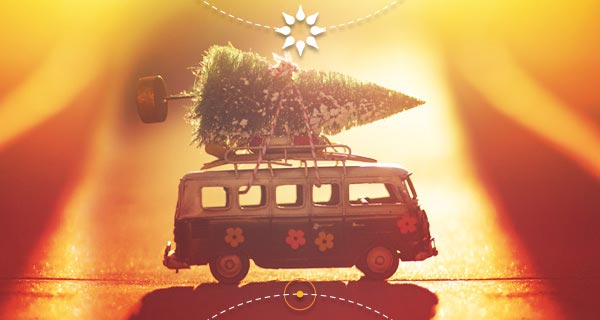Halloween is a day of fun, costumes and candies, pumpkins and parties, yet there’s a great deal of historical speculation about its origins.
Halloween is a spirited combination of the ancient past and the modern. In the ancient world the year came to an end after the celebration of the harvest. For early agricultural people, all the work of the summer and the harvest were over, it was time to prepare for the cold winter. Their new year began on November 1, marking when the fertile earth seems to die with the last fallen leaves.
This season seemed to represent death, the end of all efforts. This day at the end of the year was also the time to acknowledge, remember and welcome home family members who had died. It was believed that on this day, in this potent time of autumn transformation, the natural energies of the earth were especially strong. The veil between this world and the next was especially thin. Spirits of the departed would visit their relatives while the air filled with mischievous elves and fairie troupes.
Families would set out food at night to appease the fairies, while inside the house was decorated and filled with food to welcome and honor the spirits of the dearly departed. If someone had to venture outside, animal hides were worn to trick the fairies who had power to do great harm. To scare away these maligned spirits, lanterns were carried. These were fashioned from very large turnips, carved and hollowed to resemble a skull, with a burning ember glowing inside. This night also became an opportunity for tricks and pranks like moving the outhouse, or removing the hinges from gates.
As Christianity spread across Europe it enveloped the local traditions so that pagan folk didn’t have to give up any of their holidays or feast days. The pagan new year then became a three day holiday: the eve of the pagan new year became All Hallow’s eve; then All Hallows Day to honor the saints; followed by All Saint’s Day to honor the dead.
In modern times, the holiday moved from the moors of Scotland and Ireland to the United States. Pumpkins were as plentiful in the New World as turnips were scarce and the jack o’ lantern was the result. Over many years this night of pranks grew into a blight of vandalism in the urban United States. By 1920 the Boy Scouts felt it necessary to create an alternative; homeowners and shopkeepers were rallied to give treats to bands of costumed youngsters as a way of keeping potential troublemakers busy. This tradition quickly spread across the country as ‘trick-or-treat’. Contrary to popular belief, there’s little ancient about this aspect of the holiday.
In fact, much of what we consider ‘tradition’ in Halloween dates back only to the 1920s and 30s: the costume parties, the treats, the trouping children. In most European countries Halloween is a holy day instead of a time for fun, frolics and gorging on candy. America, perhaps more than any other largely Christian country, has removed the sacred aspects of the holiday and made it a day of pure, secular fun for all ages.
| Turn your tricks into treats! Call 1.800.573.4830 or click here now. |
|



